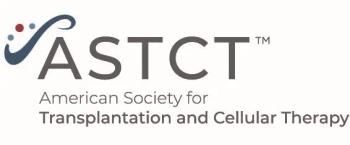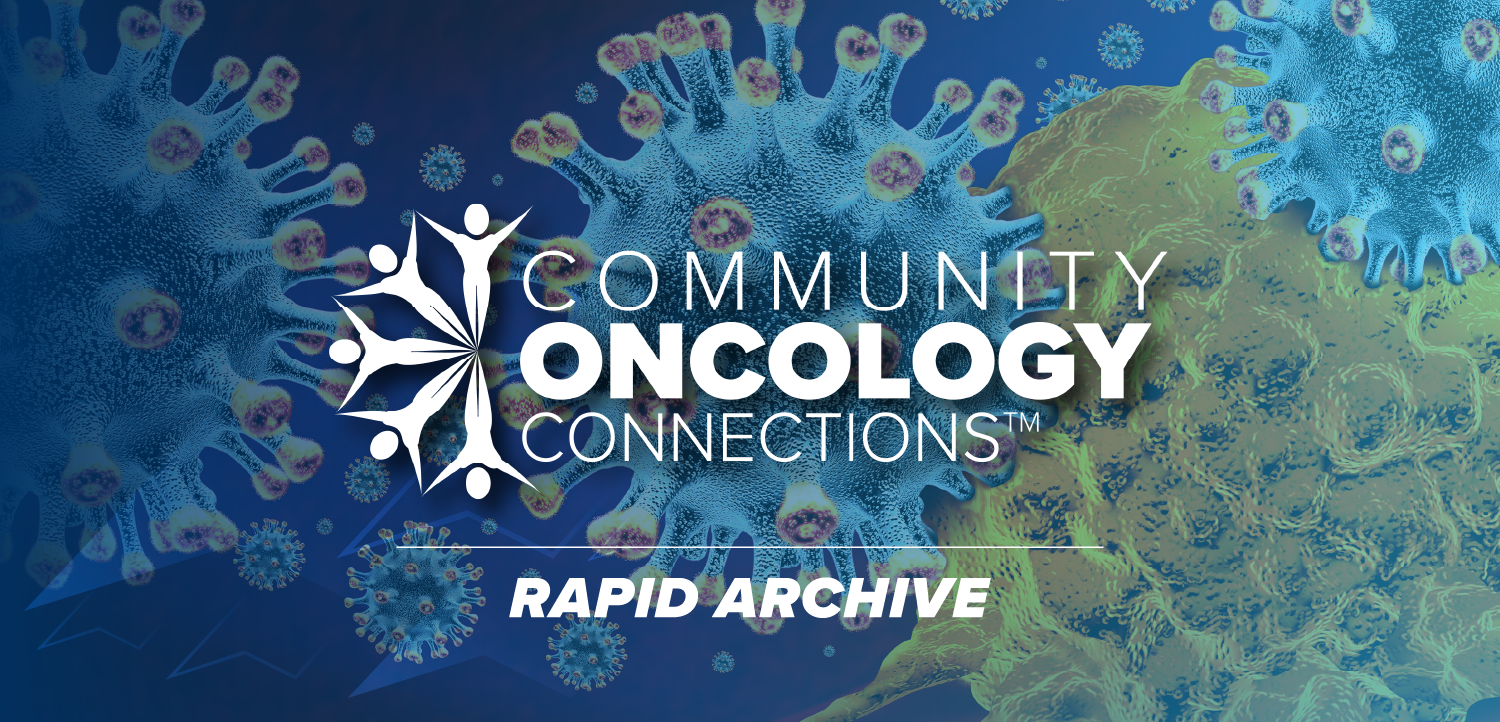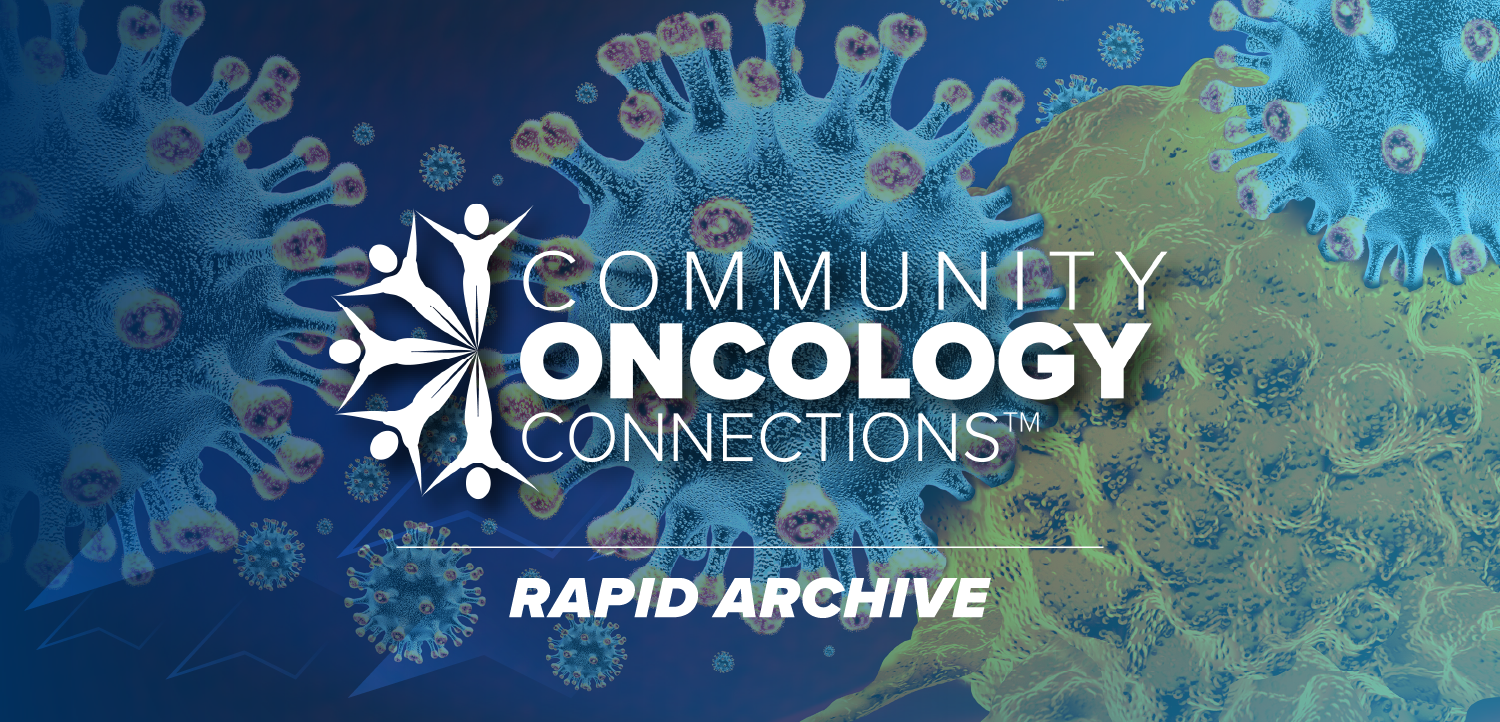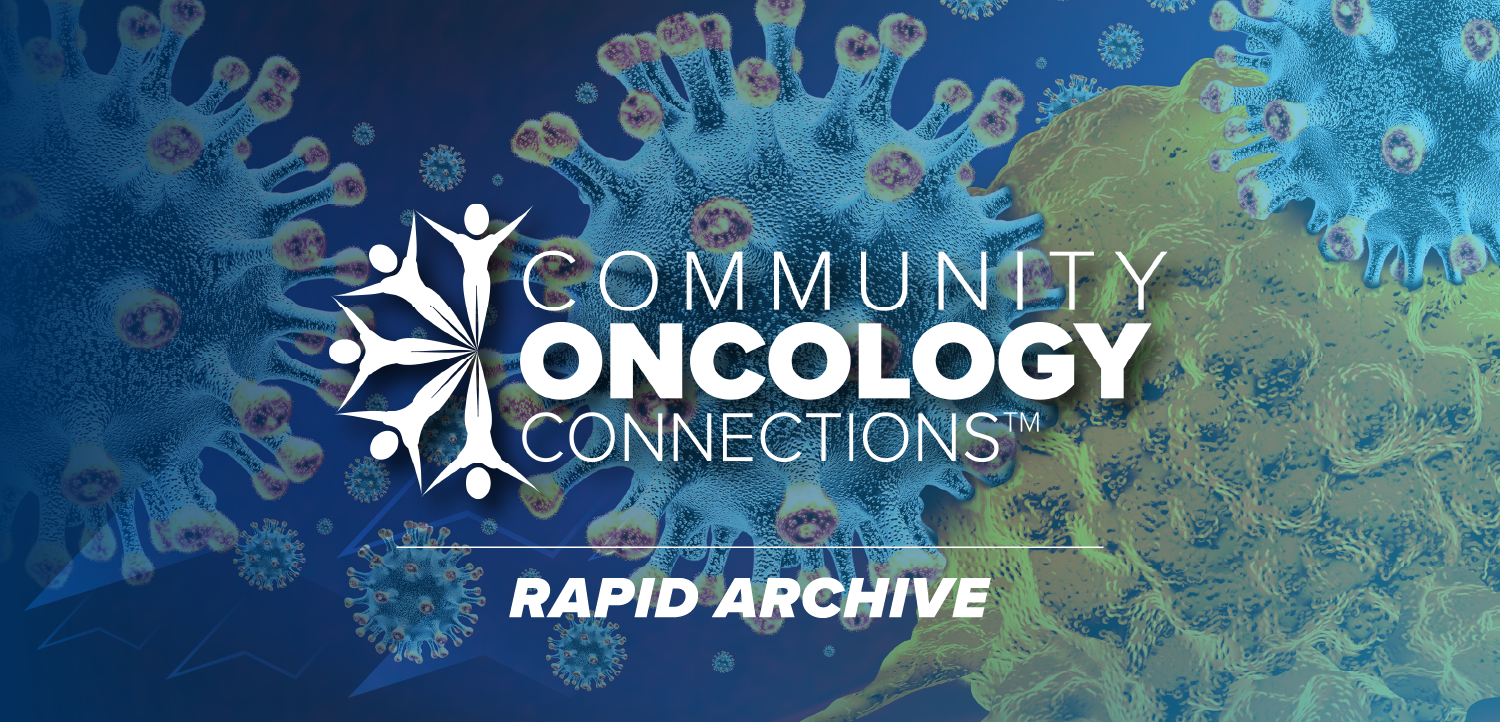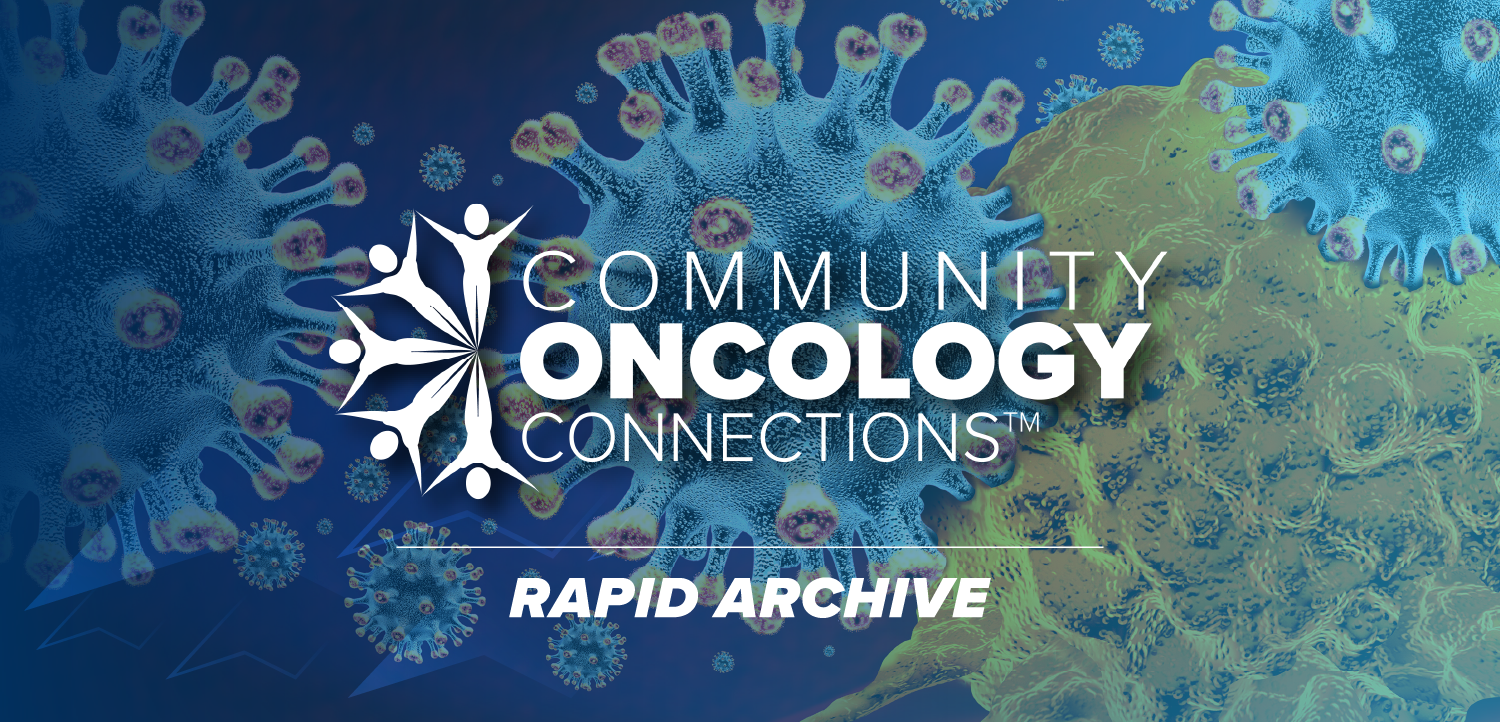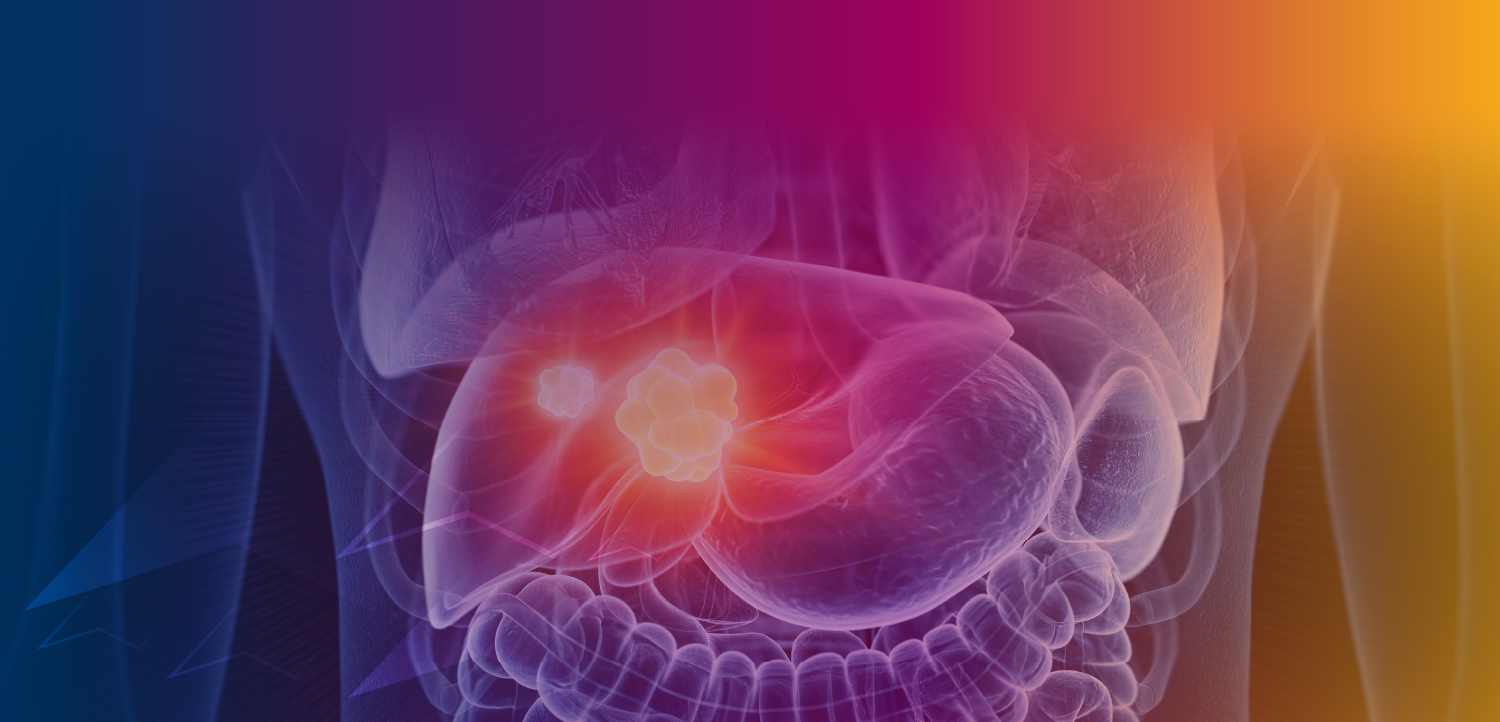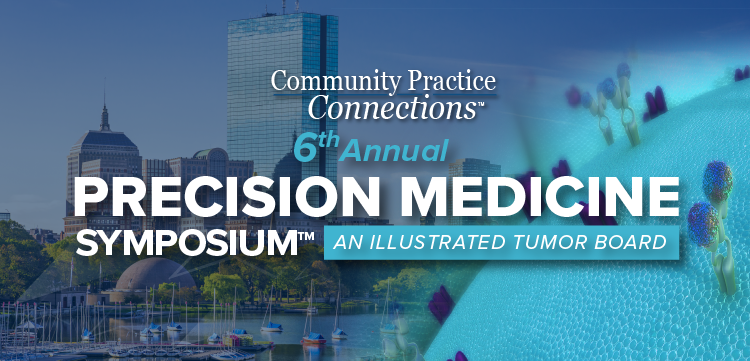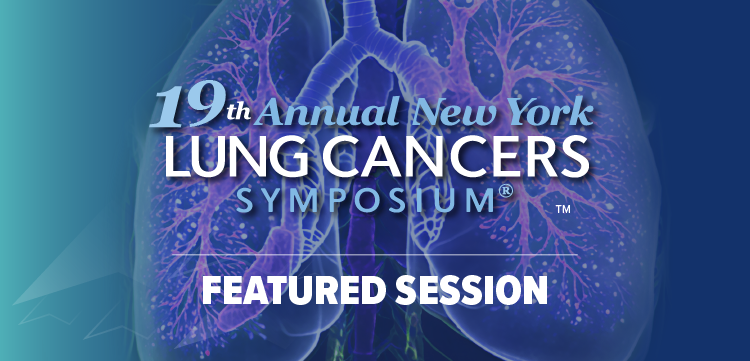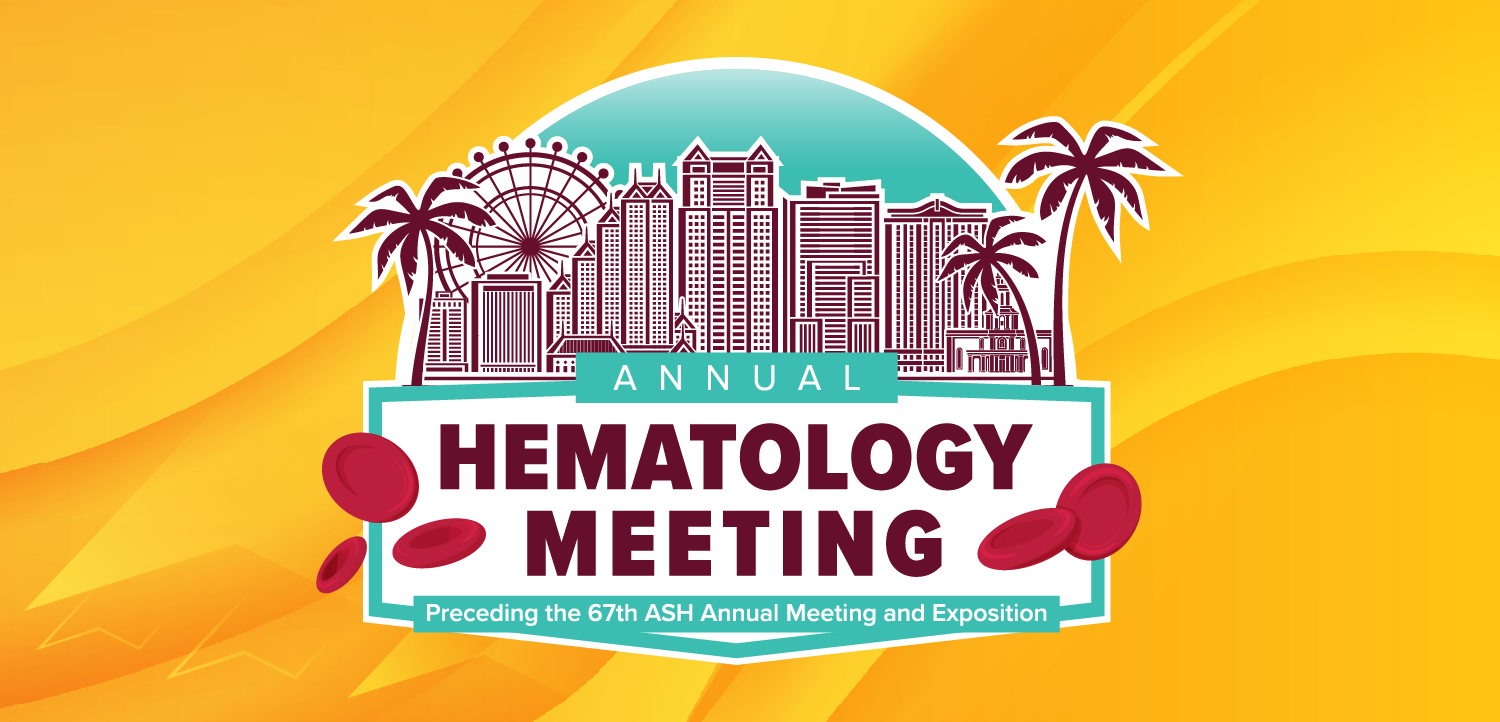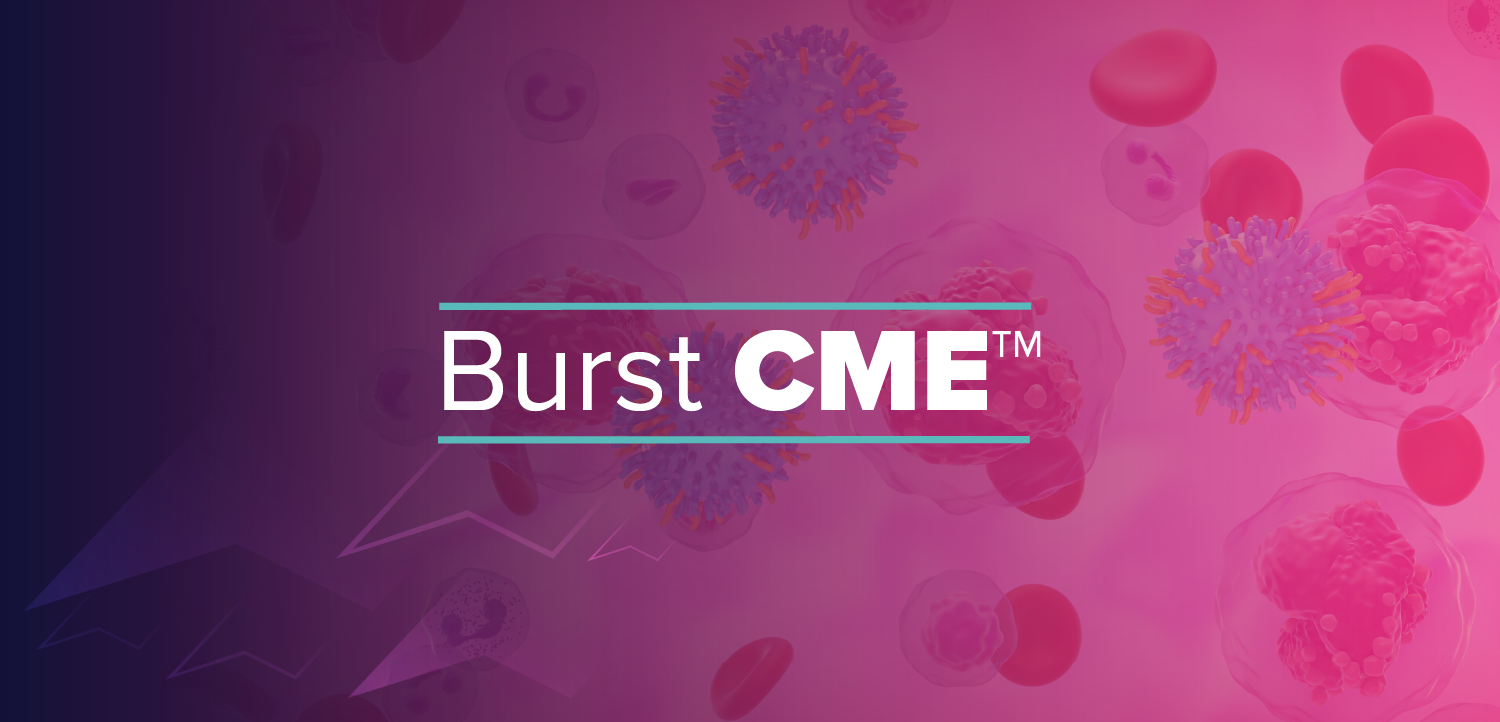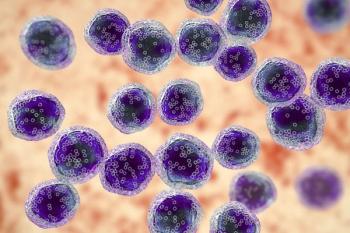
Reduced-Intensity HSCT Extends Remission in Older AML Patients
The use of reduced-intensity conditioning HSCT as a method to maintain remission was effective in a select group of older patients with acute myeloid leukemia.
The use of reduced-intensity conditioning hematopoietic stem cell transplantation (HSCT) as a method to maintain remission was effective in a select group of older patients with acute myeloid leukemia (AML), resulting in a nonrelapse mortality (NRM) similar to that seen in younger patients, according to the results of the phase II Cancer and Leukemia Group B 100103/Blood and Marrow Transplant Clinical Trial Network 0502 trial.
“Of critical importance, for the first time (to the best of our knowledge), favorable results in transplantation of older patients have been obtained in a multicenter cooperative group setting, which makes the results more likely to be generalizable,”
According to the study, although patients aged older than 60 have complete remission rates of 50% to 60%, many will ultimately relapse. HSCT is associated with lower rates of relapse compared with chemotherapy in younger patients, but has been considered too toxic for older patients.
This study looked at the use of reduced-intensity conditioning HSCT in an older patient population aged 60 to 74 years. It included 114 patients with AML who were in first complete remission. The median age of patients was 65 years. A little more than half of the patients received transplants from unrelated donors and were given rabbit antithymocyte globulin (ATG) for graft-versus-host disease (GVHD) prophylaxis.
At follow-up, 71 patients had died. The median follow-up of the 43 surviving patients was 1,602 days. At 2 years, the rate of disease-free survival (DFS) was 42% and overall survival (OS) was 48%. Among patients who had unrelated donors, the 2-year DFS was 40% and the OS was 50%.
“The 2-year DFS and OS rates in this group compare favorably to those in studies of conventional chemotherapy–based approaches to remission consolidation in which DFS and OS rates beyond 2 years are typically below 20%,” the researchers wrote.
The NRM at 2 years was 15% and was not different among those patients with related vs unrelated donors. Forty-four percent of patients relapsed at 2 years.
“The 44% relapse rate at 2 years was high, although relapse rates approaching 80% to 90% have been observed in older patients after conventional chemotherapy, suggesting a potential graft-versus-leukemia effect,” the researchers wrote. “Interpretation of our trial results is limited somewhat by lack of consistent knowledge of the mutational status of the patients at diagnosis or of disease burden at complete remission by minimal residual disease assessment.”
There was a cumulative incidence of grades 2 to 4 GVHD of 9.6% and of grade 3 to 4 GVHD of 2.6% at 100 days. The incidence of GVHD did not vary by donor type. Chronic GVHD occurred in 28% of patients.
Devine and colleagues noted that these rates were lower than they anticipated.
“The incorporation of rabbit ATG into the conditioning regimen for all patients, including recipients with matched sibling donors, may have contributed to the relatively low rates of GVHD and NRM, as has been observed in previous studies,” they wrote.
Newsletter
Stay up to date on recent advances in the multidisciplinary approach to cancer.


